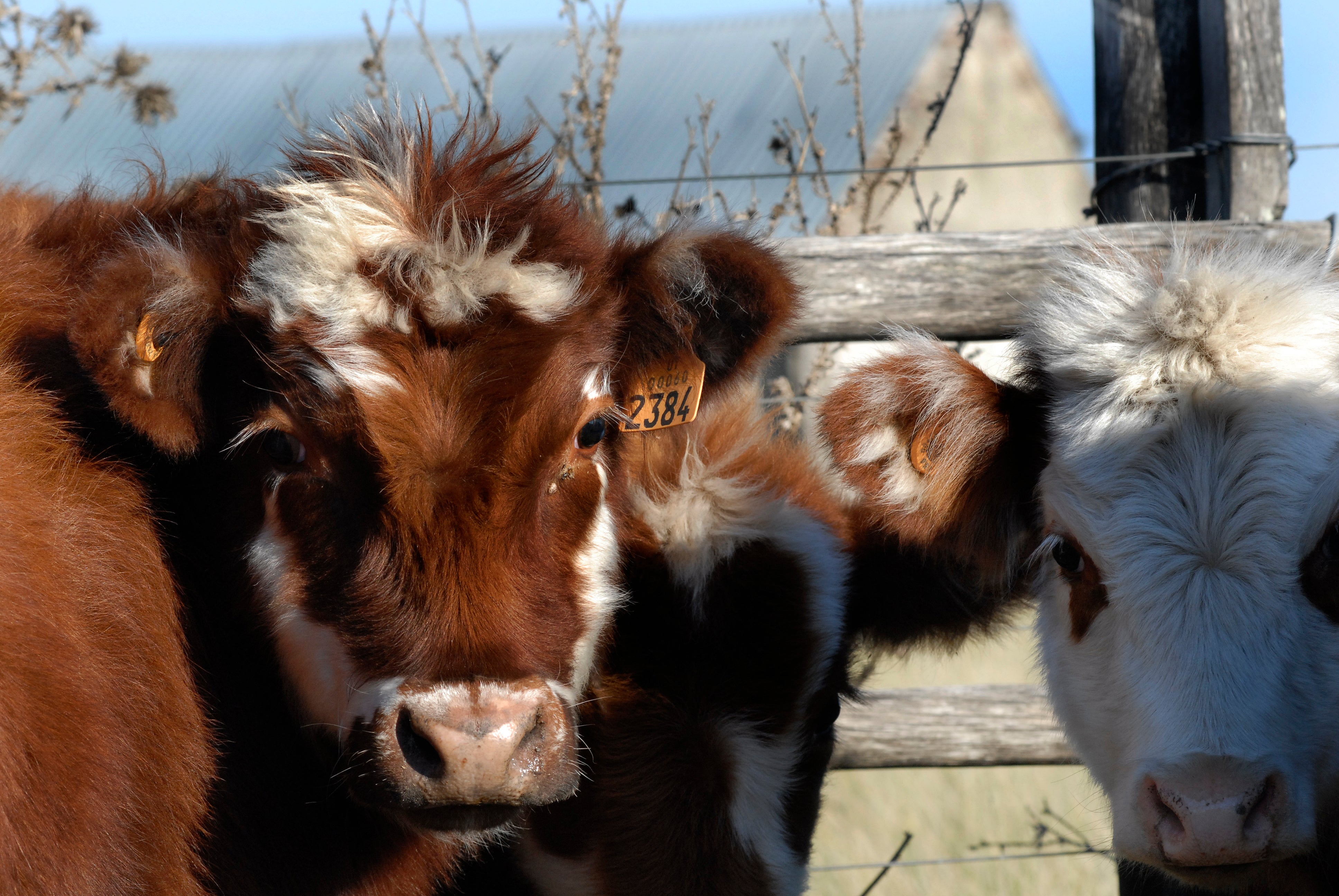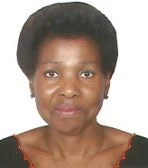 .
.
The concept of Sustainable Development is not new to the development world. Everyone is familiar with the framework of 17 SDGs and their targets. To put the idea of sustainable and inclusive economic growth into practice, however, is a different story.
Last month, I was excited to witness firsthand the myriad of efforts that go into a country turning a sustainable development agenda into reality. With the agri-food system as a key component to Uruguay’s growth and global competitiveness, the country has an ambitious goal of being able to feed 50 million people globally through its exports by 2030.
Uruguay now faces the daunting challenge of increasing production, while maintaining a positive public perception of the agri-food sector , and avoiding intensity of resource use, as well as environmental impacts arising from intensification.
In an effort to learn from international experiences and to identify opportunities for the future, the World Bank team, together with the Uruguayan Ministry of Livestock, Agriculture and Fisheries (MGAP), held a 2-day workshop in Montevideo on June 20 and 21 on the "Future of the Agrofood System in Uruguay: Human Capital, Green Technologies and AgriAwareness".
The workshop brought expert speakers from Teagasc in Ireland, the Ministry of Environment and Food in Denmark, the Ministry of Primary Industry in New Zealand and the private sector in Chile. The insights shared by experts at the workshop highlighted that there was no silver bullet capable of addressing all challenges. What’s needed are coordinated investments in human capital development, green technologies, and AgriAwareness (involving the public perception of the sector). There are digital innovations happening on all three fronts.
Examples from around the world point to the need for consistent investments in technology and innovations that enhance productivity and make global food systems more sustainable. Among those, digital technologies can help provide more transparency, smarter farms, and improved public services.
From Uruguay to the world
I was excited to get to hear some of the speakers talk about successful examples from their countries. The Irish representative of Teagasc, Pat Murphy, showed one of the most prominent examples, the Carbon Navigator. The online platform is a knowledge transfer tool that helps farmers measure environmental gains achieved upon completion of key targets. The online tool has contributed towards a systematic reduction in the carbon intensity of the country’s dairy and beef sectors, as well as prompted a sector-wide adherence to greener methods of production.
Uruguay also had some lessons of its own to share with the world in terms of digital technologies. Present at the workshop was Mauricio Pintado, co-founder of Zafrales, a digital online platform developed to connect temporary and seasonal workers to farms and companies seeking human capital. The platform was created in 2017 due to obstacles in hiring of temporary workers, high rates of work absenteeism, and a downfall in prices.
It has since then grown exponentially, helping to eliminate intermediary agencies, providing better work continuity for workers, and connecting companies to workers with desired sets of skills. In a country that has 35 harvests happening along the year, Zafrales has great potential to continue fostering efficiency in the Uruguayan agri-food systems.
Uruguay already has in place successful programs such as its comprehensive cattle traceability system, and the recent creation of a national agency for research and innovation, ANII. Since sustainable and inclusive growth requires the engagement of various stakeholders that do not necessarily agree or communicate, the challenge seems to be on how to tie all the aspects in one coordinated multifront effort. In this regard, I see digital technologies offering the best alternatives to tackle the task.
Digitalization not only contributes to improved efficiency and measurability across agri-food supply chains, it can also shorten divides between urban and rural, increasing public awareness and engagement , ultimately ensuring that food of high quality is produced sustainably, and inclusively. While technologies also bring risks that should not be overlooked, the examples of success discussed at the workshop show digital technologies as a key element to initiate a virtuous cycle of sustainable development.





Join the Conversation